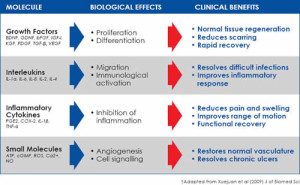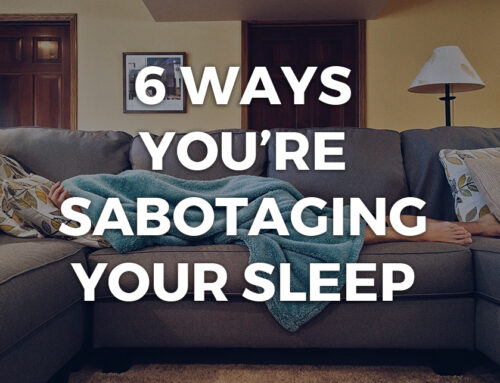How does laser therapy work?
Pain management is a field where many practitioners get frustrated. In our clinic, we see it all the time as a lot of the more difficult cases come in after they have seen everybody else and a chiropractor is their last resort. Chronic pain doesn’t always mean that we have to do more, sometimes what seems like a very little treatment can produce marvelous results.
Take laser therapy for instance; it is a popular treatment now for everything from foot fungus to weight loss. Now personally I haven’t seen the studies that it is effective for all of the many uses people are finding for it but I do know from the research and from my own clinical experience that it is an effective therapy for pain management in conjunction with some of the more traditional methods like physical therapy, chiropractic, acupuncture, acute injury, and chronic injury management protocols and dynamic neuromuscular stabilization.
Lasers for use in pain therapy are starting to gain recognition in this country. The FDA cleared Low-Level Laser Therapy for use in pain, inflammation, and wound healing in 2002; however, the benefits of LLLT have been recognized and successfully used overseas for decades. Studies have shown LLLT to reduce neck and back pain by as much as 70% with no known side effects.

The theory is the laser excites the targeted cells in the injured tissue, causing the cells to send out a signal that healing needs to take place in the area being treated. This signal travels throughout the bloodstream, connective tissues, and nervous system to significantly speed up the body’s response and healing time. Interestingly, researchers have also discovered that LLLT boosts healing throughout the body, not just in the area being treated.
Many would be surprised to learn that more is not better when it comes to LLLT; the effective dose is quite small. Typical treatments can take as little as five minutes and are administered several times per week over a course of two to three weeks for maximum and lasting effects. In our clinic, it is one of the most used modalities. Often patient responds quickly with reduced subjective complaints, decreased muscle spasm, and increased ROM of the affected area. If you are suffering from carpal tunnel, neck and low back pain, tendonitis, knee pain, or any number of painful conditions, give laser therapy a try to see if it is right for you.


